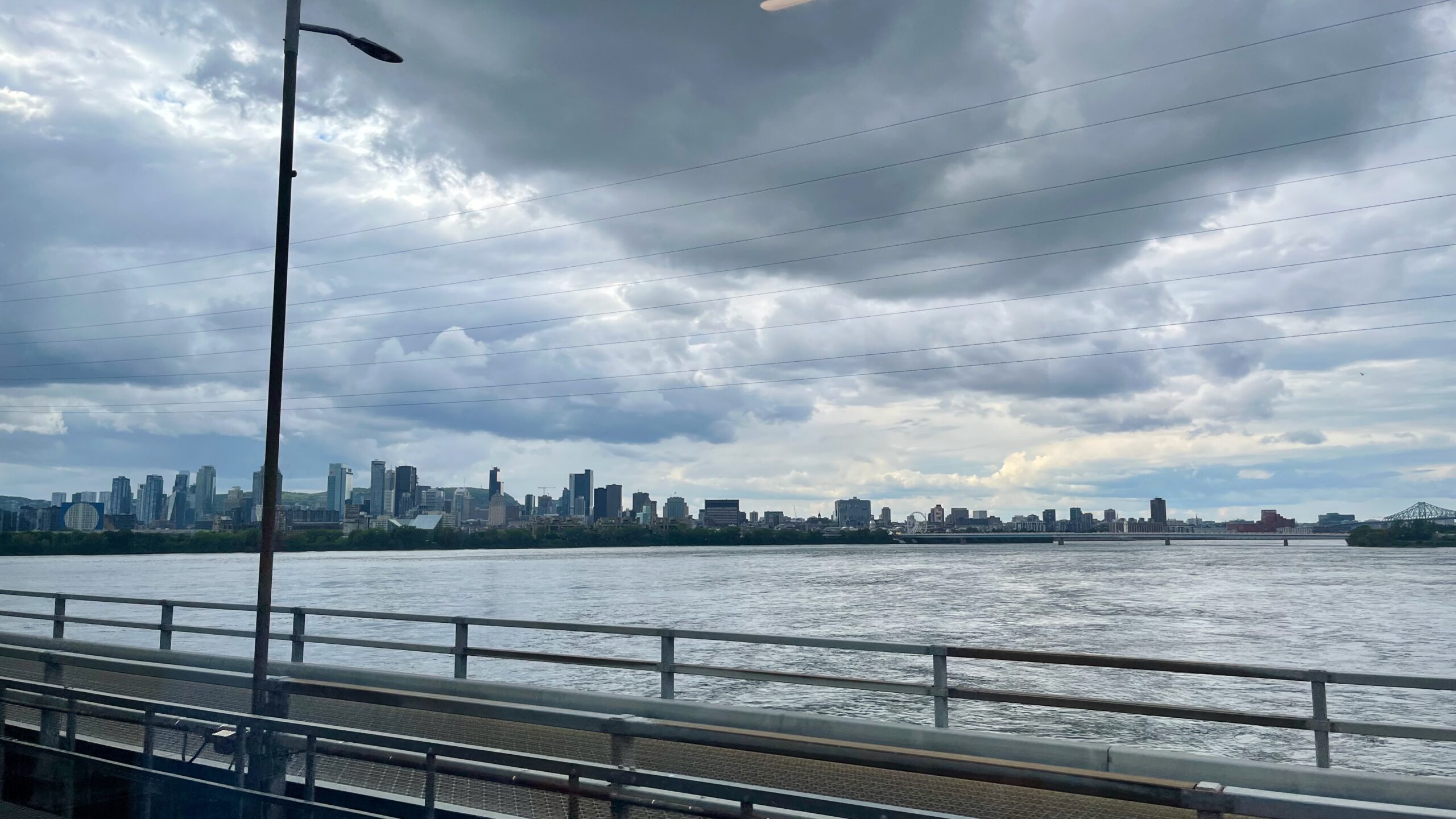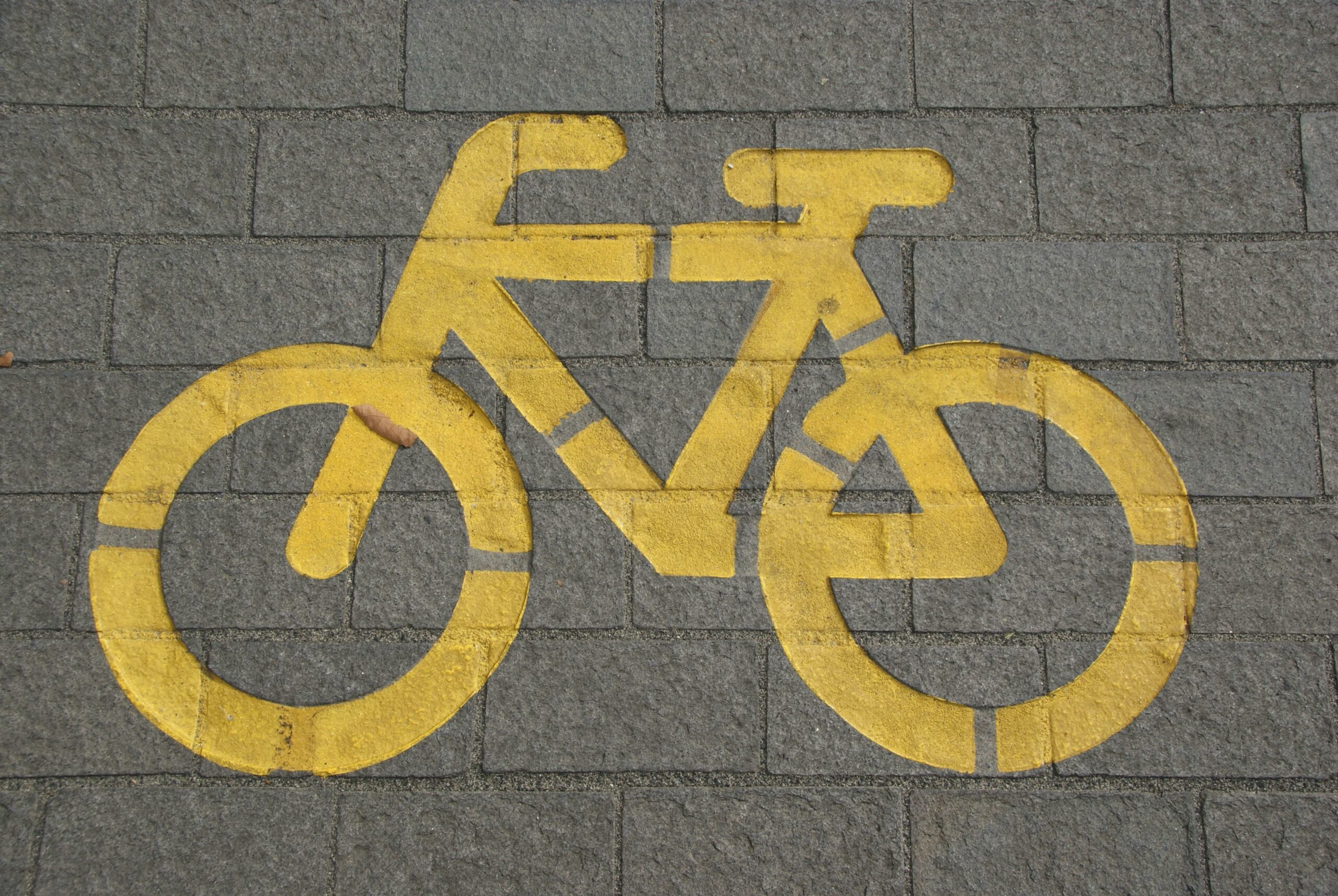Tag: cycling
-
Forget Europe. Montréal est Magnifique!

aka “Oh look, Ryan went to another city and rode a bike. How original!” Bicycle people often cite European cities when advocating for more equatable transportation options in our North American cities – Amsterdam as the obvious world leader in cycling infrastructure, maybe Copenhagen, Paris for how quickly they’ve transformed their city or Oulu when…
-
Why would you want to drive behind a slow cyclist?

Whenever I’m engaged in a conversation and the other party is saying something that doesn’t resonate with me, something I don’t get or something that just seems strange, I make an honest effort to put myself in the other person’s shoes. I do research, thought experiments, bounce scenarios off friends, hypothesize with LLMs, etc. I…
-
The False Dichotomy of Bikes v. Cars
I’ve been engaging with a lot of anti-bike folks on twitter over the past few months. Observations and Thoughts. [Note: these people are sometimes pejoratively called “carbrains” but that’s unfair, I think at lot of people share these views, even if they are not against bikes] 1. The built environment is immutable. When someone says…